Qizhi Zhang
MORSE-STF: A Privacy Preserving Computation System
Sep 24, 2021



Abstract:Privacy-preserving machine learning has become a popular area of research due to the increasing concern over data privacy. One way to achieve privacy-preserving machine learning is to use secure multi-party computation, where multiple distrusting parties can perform computations on data without revealing the data itself. We present Secure-TF, a privacy-preserving machine learning framework based on MPC. Our framework is able to support widely-used machine learning models such as logistic regression, fully-connected neural network, and convolutional neural network. We propose novel cryptographic protocols that has lower round complexity and less communication for computing sigmoid, ReLU, conv2D and there derivatives. All are central building blocks for modern machine learning models. With our more efficient protocols, our system is able to outperform previous state-of-the-art privacy-preserving machine learning framework in the WAN setting.
MPC Protocol for G-module and its Application in Secure Compare and ReLU
Jul 08, 2020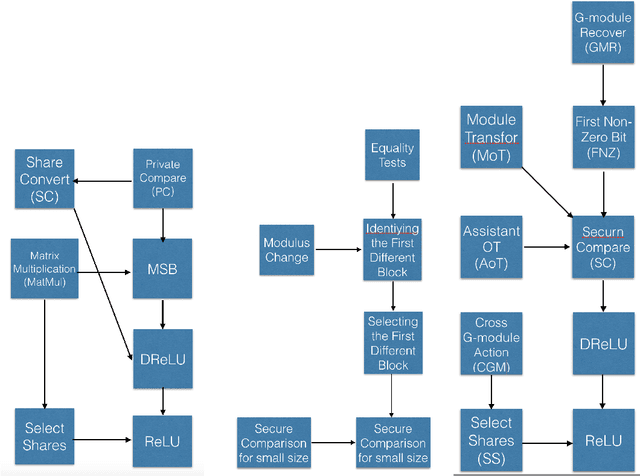



Abstract:Secure multi-party computation (MPC) is a subfield of cryptography. Its aim is creating methods for multiple parties to jointly compute a function over their inputs meanwhile keeping their inputs privately. The Secure Compare problem, introduced by Yao under the name millionaire's problem, is an important problem in MPC. On the other hand, Privacy Preserving Machine Learning (PPML) is an intersectional field of cryptography and machine learning. It allows a group of independent data owners to collaboratively learn a model over their data sets without exposing their private data. MPC is a common cryptographic technique commonly used in PPML. In Deep learning, ReLU is an important layer. In order to train neural network to use MPC, we need an MPC protocol for ReLU and DReLU (the derivative of ReLU) in forward propagation and backward propagation of neural network respectively. In this paper, we give two new tools "G-module action" and "G-module recover" for MPC protocol, and use them to give the protocols for Secure Compare, DReLU and ReLU. The total communication in online and offline of our protocols is much less than the state of the art.
Matrix embedding method in match for session-based recommendation
Aug 27, 2019



Abstract:Session based model is widely used in recommend system. It use the user click sequence as input of a Recurrent Neural Network (RNN), and get the output of the RNN network as the vector embedding of the session, and use the inner product of the vector embedding of session and the vector embedding of the next item as the score that is the metric of the interest to the next item. This method can be used for the "match" stage for the recommendation system whose item number is very big by using some index method like KD-Tree or Ball-Tree and etc.. But this method repudiate the variousness of the interest of user in a session. We generated the model to modify the vector embedding of session to a symmetric matrix embedding, that is equivalent to a quadratic form on the vector space of items. The score is builded as the value of the vector embedding of next item under the quadratic form. The eigenvectors of the symmetric matrix embedding corresponding to the positive eigenvalues are conjectured to represent the interests of user in the session. This method can be used for the "match" stage also. The experiments show that this method is better than the method of vector embedding.
Large scale classification in deep neural network with Label Mapping
Jun 07, 2018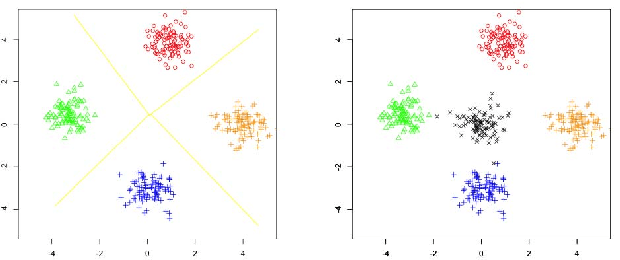
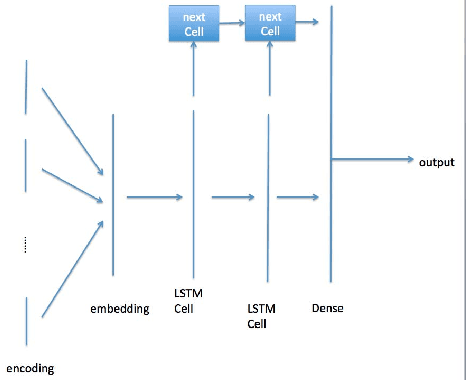
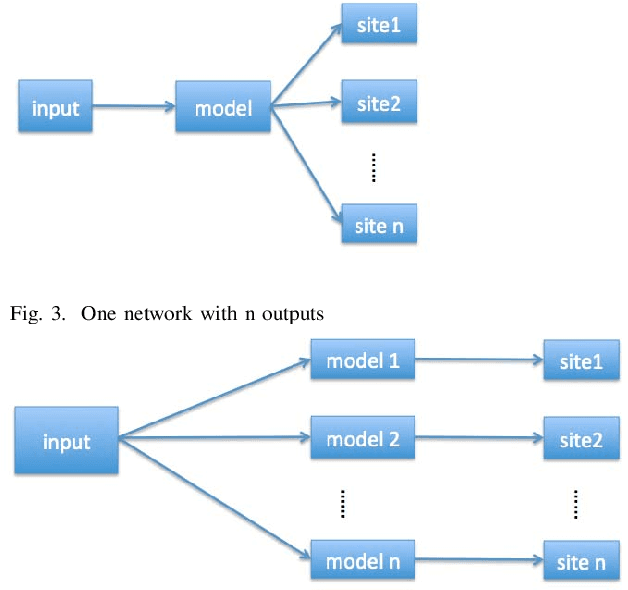
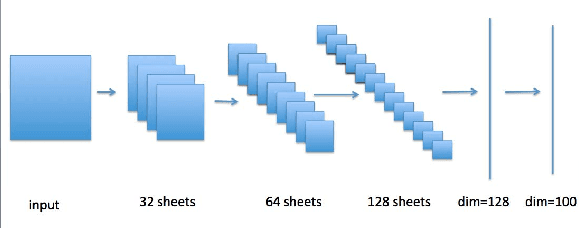
Abstract:In recent years, deep neural network is widely used in machine learning. The multi-class classification problem is a class of important problem in machine learning. However, in order to solve those types of multi-class classification problems effectively, the required network size should have hyper-linear growth with respect to the number of classes. Therefore, it is infeasible to solve the multi-class classification problem using deep neural network when the number of classes are huge. This paper presents a method, so called Label Mapping (LM), to solve this problem by decomposing the original classification problem to several smaller sub-problems which are solvable theoretically. Our method is an ensemble method like error-correcting output codes (ECOC), but it allows base learners to be multi-class classifiers with different number of class labels. We propose two design principles for LM, one is to maximize the number of base classifier which can separate two different classes, and the other is to keep all base learners to be independent as possible in order to reduce the redundant information. Based on these principles, two different LM algorithms are derived using number theory and information theory. Since each base learner can be trained independently, it is easy to scale our method into a large scale training system. Experiments show that our proposed method outperforms the standard one-hot encoding and ECOC significantly in terms of accuracy and model complexity.
 Add to Chrome
Add to Chrome Add to Firefox
Add to Firefox Add to Edge
Add to Edge